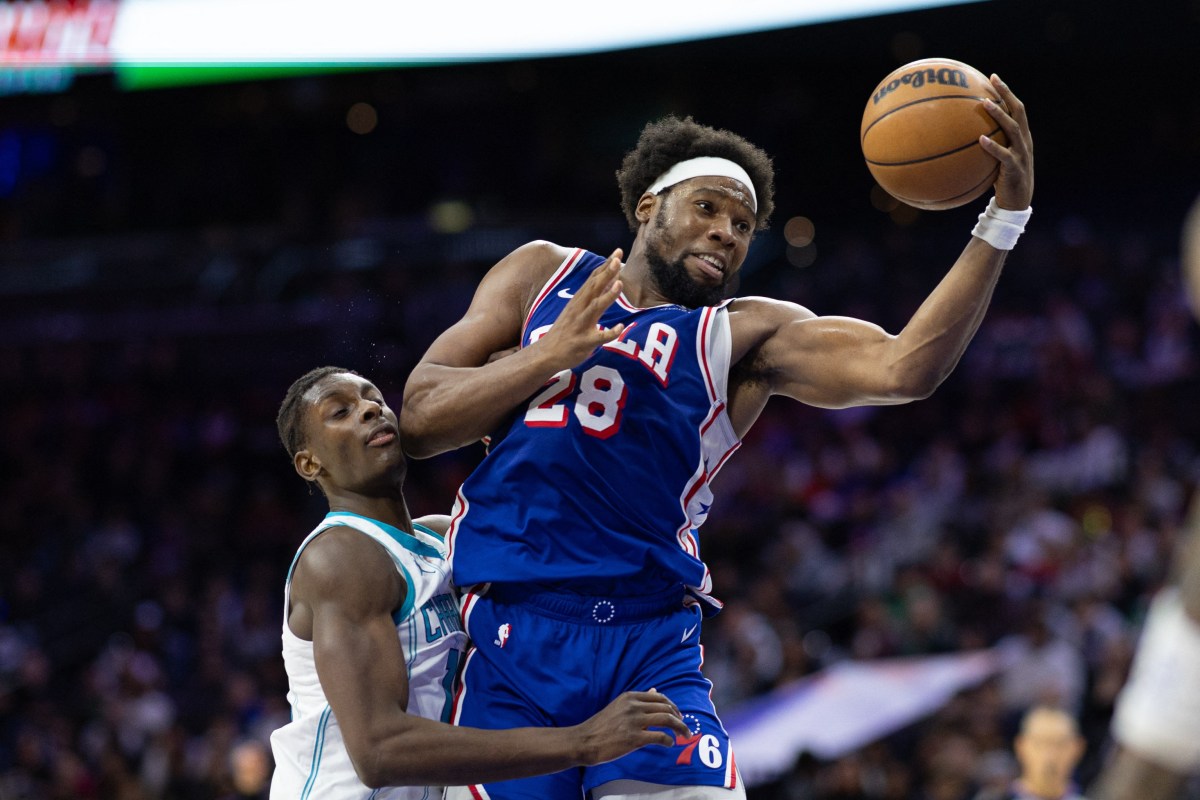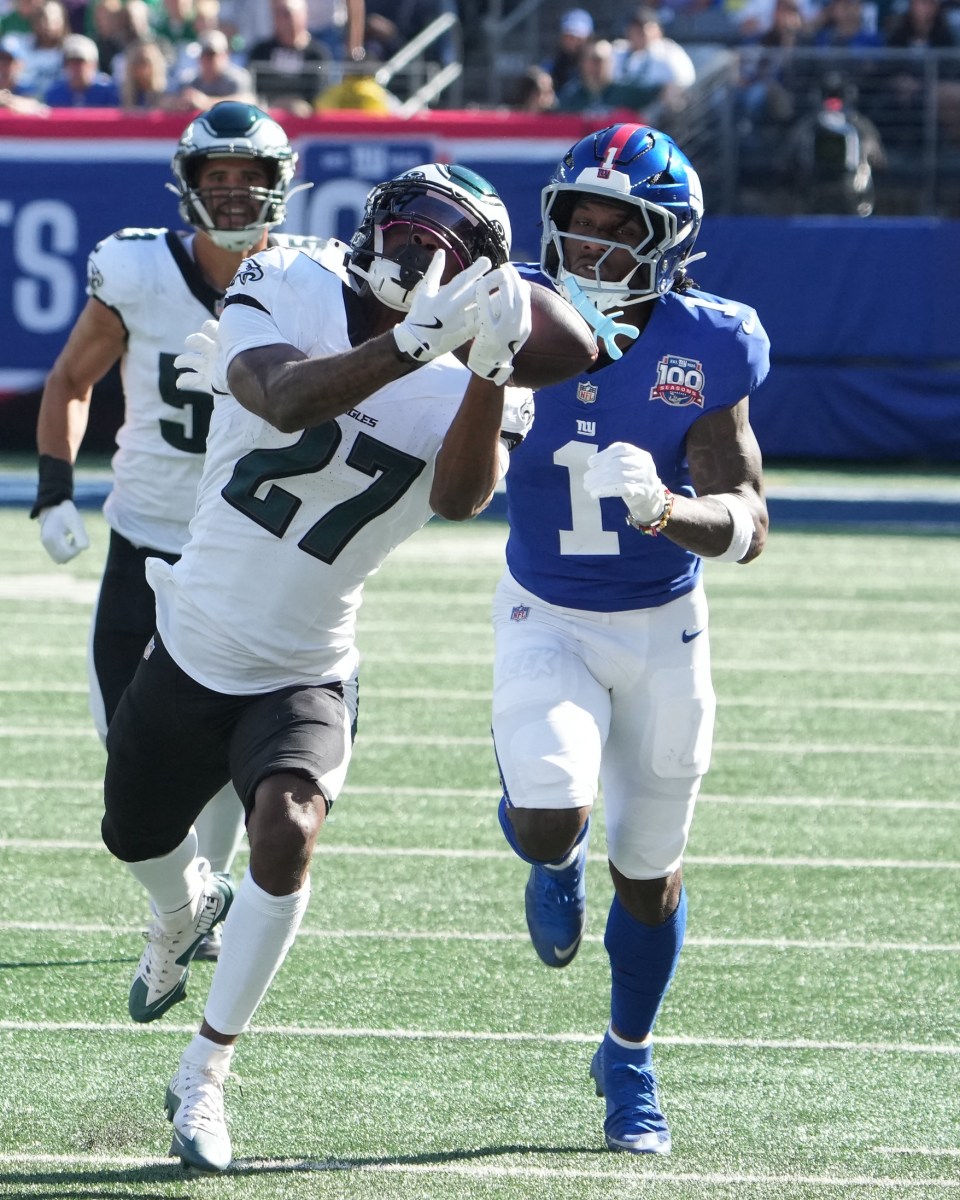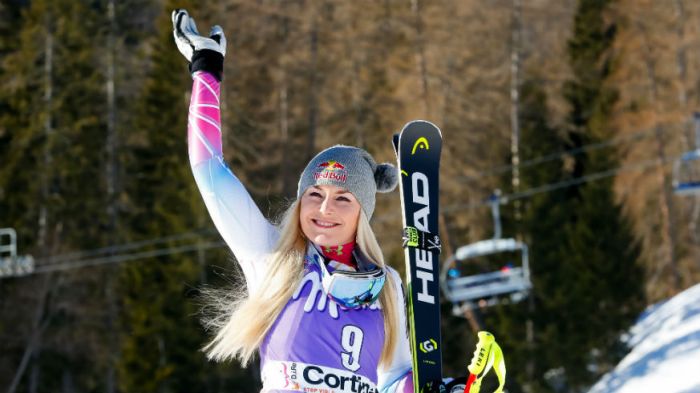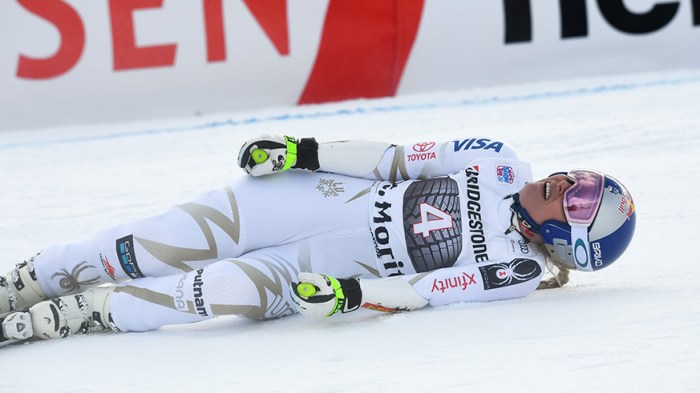Lindsey Vonn is training for the 2018 Winter Olympics in Pyeongchang, South Korea, and doesn’t have time for injuries.
Unfortunately, injuries seem to like her. She had to pull out of the World Cup Super-G race in Switzerland last weekend for a back injury, but her knee is what constantly gives her problems. She fractured it in a season-ending accident in 2016 and tore her ACL in 2013.
Her rehab secret? Cheese, but she’s not eating it.
“Some cheese therapy. My favorite,” the 33-year-old skier posted on an Instagram story showing her sitting with her legged stretched out with cheese on top. Her dairy of choice? Topfen, “an Austrian cured cheese with anti-inflammatory properties,” according to Vonn. It’s usually spread on bread.
And she’s been using it for years.
“He’s been wrapping cheese on it, and I know that sounds funny, but it seems to work,” she said of her trainer in 2010, according to CNN.
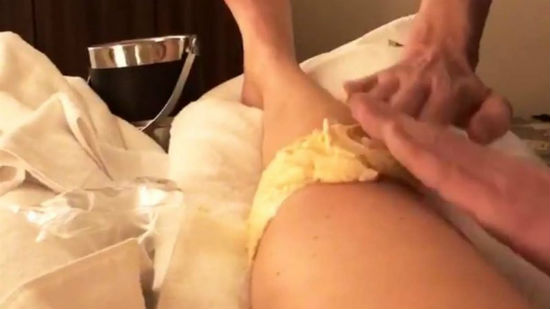
Photos: Instagram / lindseyvonn
But, why cheese?
“I believe what they are trying to do is to create a poultice which has been practiced in traditional medicine,” John Lucey, PhD, director of the Center for Dairy Research and professor of food science at the University of Wisconsin-Madison, told Health.com.
“The materials used for poultices are often moist, warm, semi-solid type materials and have been used to help drain abscesses, reduce swelling, etc. The poultice is packed around the infected areas and then wrapped in bandages.”
Other medical professionals are baffled at the treatment.
“There is no validated scientific evidence for applying cheese, per se, to bruises and injuries,” Michele Olson, PhD, a professor of exercise physiology at Auburn University in Alabama, told Health. “There may be some anti-inflammatory benefits for eating or ingesting cheese, but nothing magical about applying it superficially.”
Chances are good that it’s the other treatments she’s getting — like the portable cryotherapy device Hyperice Knee — is doing more to help than the cheese, but the placebo effect seems to be working on the athlete.
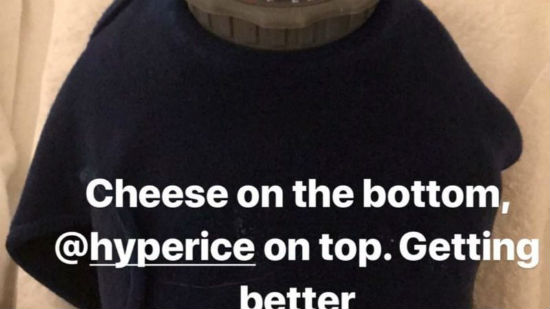
“It’s not bizarre at all,” Ralph Reiff, certified athletic trainer and director of Sports Medicine and Sports Performance for St. Vincent Hospital of Indianapolis, Indiana, told CNN in 2010.
“Regardless of whether it’s a home remedy or passed down from generations or something someone thought of, if the athlete believes in it, there is significant value in that. If the person who is receiving that treatment believes that it’s part of the puzzle of getting better, therefore that athlete has faith. I am a firm believer that it has value.”
It’s probably best for us mere mortals to skip the cheese treatment and just eat it instead.










